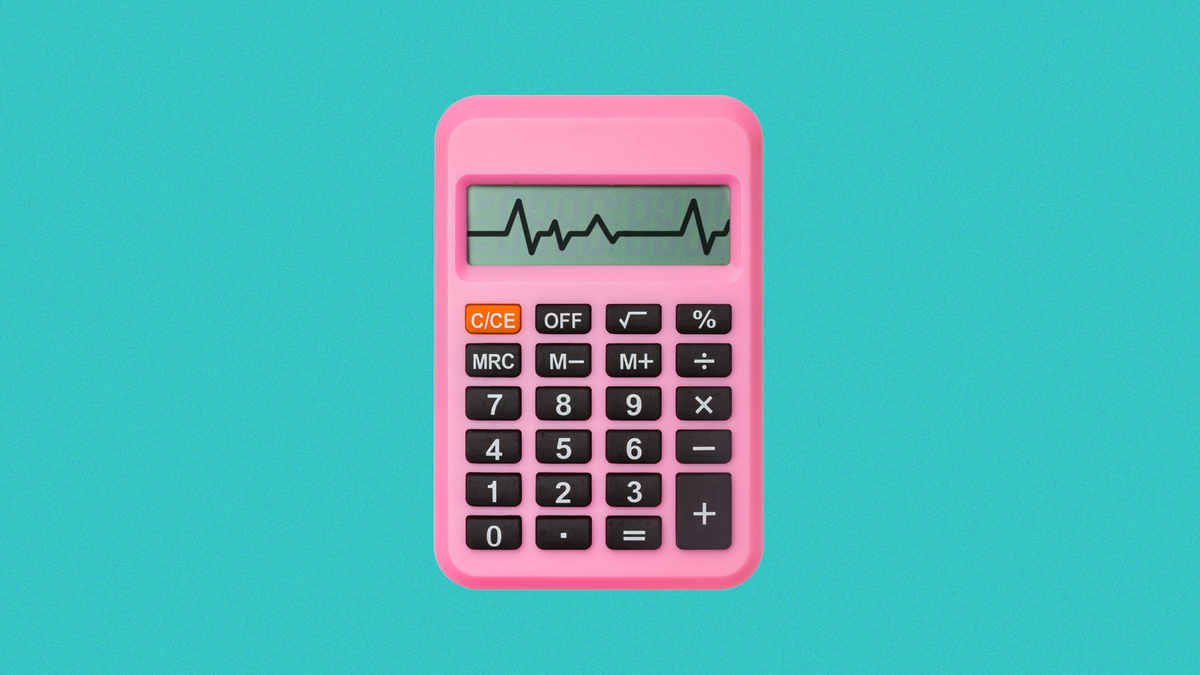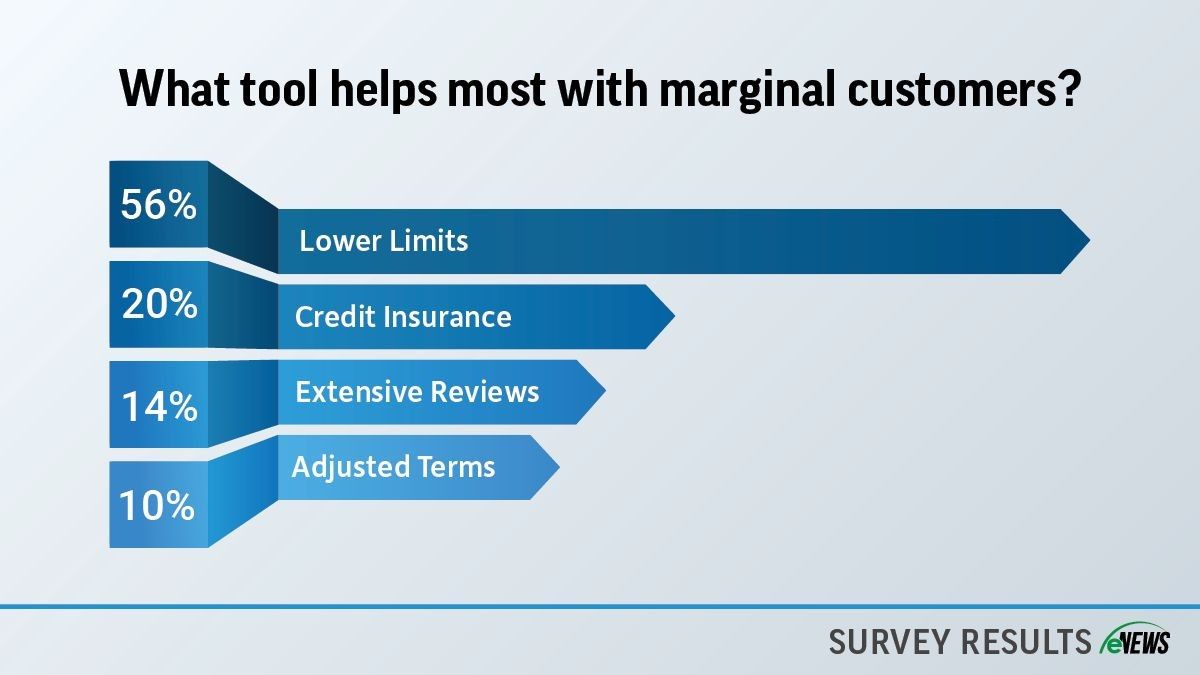Economy, eNews
Economic mixed signals: Why hard data isn’t telling the whole story

The U.S. economy surpassed expectations after real (inflation adjusted) gross domestic product (GDP) increased by 3% at a seasonally adjusted annualized rate for the second quarter of 2025, reversing a 0.5% decline in the previous quarter, according to the U.S. Bureau of Economic Analysis. Contributing to the rise in real GDP, consumer spending grew by 1.4%, up from 0.5% in the prior period.
Why it matters: Although the headline GDP growth rate and consumer spending data—what economists call hard data—support a promising outlook for the economy, some economists anticipate a downturn due to economic uncertainties further reflected in soft data from consumer and economic surveys. Credit professionals who consider both hard and soft data are better positioned to anticipate and manage future risk.
The gap between hard and soft economic indicators has become a recurring theme, with each pointing to a different outlook, one suggesting stability, the other warning of a possible recession. “A couple years ago, economists, me included, predicted a high possibility of recession,” said NACM Economist Amy Crews Cutts, Ph.D., CBE during an NACM webinar, An Economic Update: What’s Next? “We did see a slowdown at the time; we just never tipped all the way into a a recession. I think that now, the case is even stronger and we will see a recession in the next 12 months. I could be wrong, but I believe the hard data will eventually align with the soft data—it’s only a matter of time.”
Hard data shows stability—for now
The same GDP report that indicated things were running smoothly in the second quarter also shows that business investment and spending (known as “gross private domestic investment” in GDP terms) fell 15.6%, exports declined 1.8%, and imports tumbled 30.3%. This is some of the first hard data to show significant weakness.
Another measure that credit professionals will want to watch is the Conference Board’s U.S. Leading Economic Index (LEI), an early indicator of turning points in the business cycle, which fell by 0.3% in June to 98.8. The LEI’s performance continues to signal a recession for the third consecutive month in June, according to a Conference Board report. “The LEI typically tells us when things are getting weaker before it necessarily shows up in the GDP report, the employment report and other hard data we may be following,” Cutts said.
Meanwhile, the U.S. labor market remains stable. Data from the Conference Board Employment Trends Index (ETI) held steady in June at 107.83, unchanged from the revised May figure. “Recent data ultimately still show a continuation of the recent low-hiring, low-firing environment,” said Mitchell Barnes, economist at The Conference Board. “But the question is to what extent the build-up of uncertainty will translate into a broader softening in activity and labor demand.”
Soft data foreshadow shifts in the economy
Soft data from consumer sentiment and economic surveys reveal that uncertainty remains one of the biggest drags on the economy. According to NACM’s Credit Managers’ Index (CMI) survey, credit professionals report that unclear government policies and trade shifts are making it difficult to plan investments, drastically impacting consumer and business confidence. “Consumers are also becoming more cautious,” Cutts said. “Sentiment improved slightly in June but remains near levels last seen during the 2008 financial crisis.”
Consumer sentiment surveys don’t always reflect actual consumer behavior. Some customers may spend more in times of uncertainty, while others may cut back sharply. However, based on recent survey reports, the general mood is highly pessimistic. “The University of Michigan Consumer Sentiment Index shows that most consumers surveyed are not happy with how things are going,” said Cutts. “These are soft data points, but they’re powerful signals of how people feel about the economy.”
Hard data like GDP, interest rates and market trends reflect concrete outcomes, but often lag the shifts that soft data, such as surveys and expectations, can reveal in real time. “While earlier recession warnings didn’t fully materialize a couple years ago, the underlying stress was apparent,” Cutts said. “NACM members who participate in the CMI survey were indicating stress at that time and they are even louder about it now. I think it will only be a matter of a month or two for the hard data to begin to reflect the warning signs soft indicators have been flashing for some time.”
The bottom line: While recent hard data suggests stability, mounting policy uncertainty, softening labor conditions and rising inflation risks point to economic strain ahead. Credit professionals and business leaders who integrate both hard and soft data into their planning will be best equipped to manage through what comes next.
📊Participate in shaping the future: As a credit manager, your insights don’t just contribute—they lead. Participate in NACM’s August Credit Managers’ Index (CMI) survey and influence how the business world understands risk, resilience and real-time economic trends.





